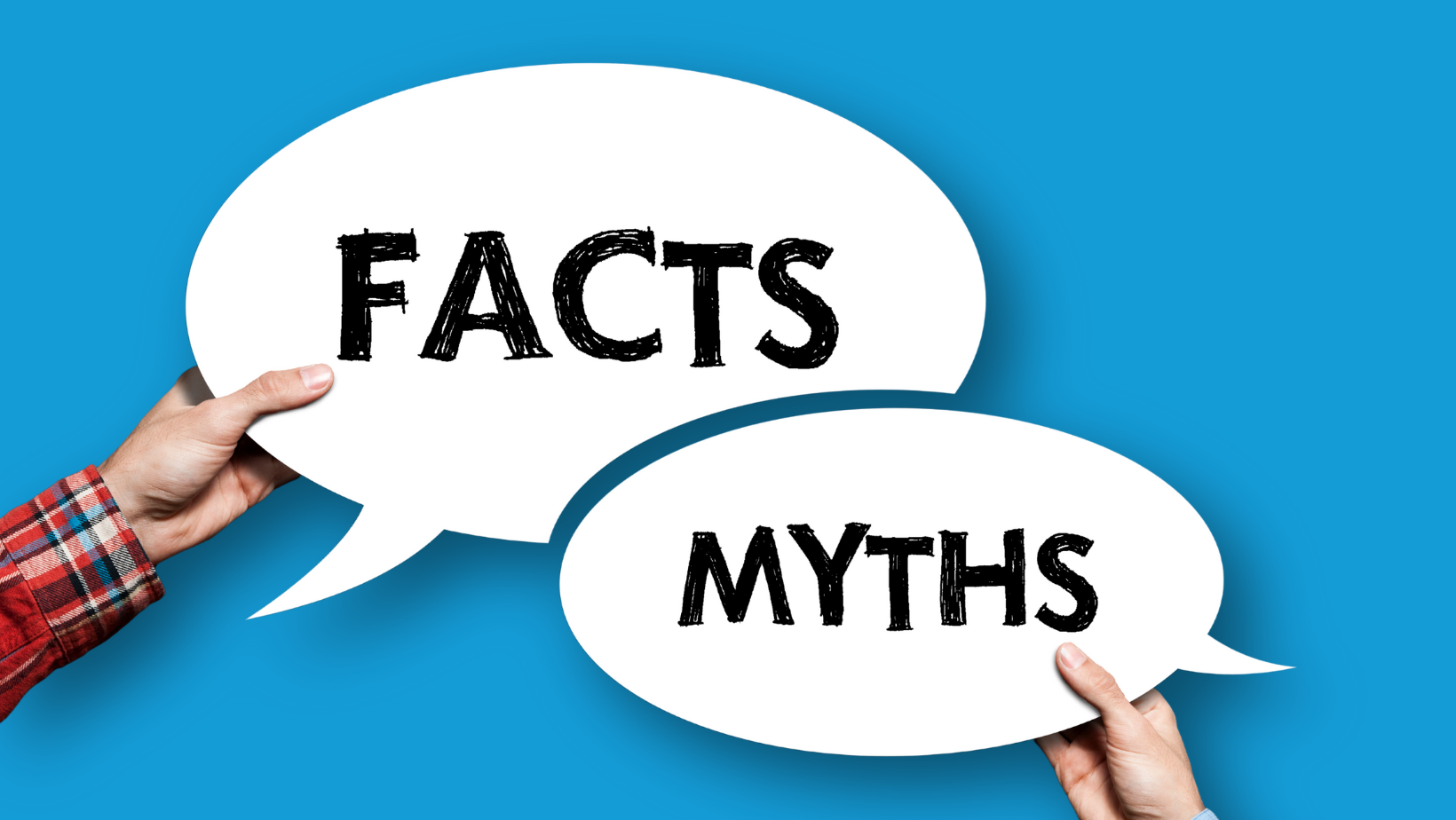
Power washing is one of those services that everyone knows about — but few truly understand. While it might seem as simple as pointing and spraying, there’s a lot more to it than meets the eye. Over time, a surprising number of myths and misunderstandings have developed around the power washing industry — and believing them can lead to property damage, wasted money, or missed opportunities. 💸🧼
Whether you’re a homeowner considering a DIY job, or someone looking to hire a professional, this article will bust through the most common power washing myths and set the record straight. Let’s clean up the confusion! 🧽
❌ Myth #1: Power Washing and Pressure Washing Are the Same Thing
🧠 The Truth:
While the terms are often used interchangeably, they technically refer to two different methods.
- Pressure washing uses high-pressure water to blast away dirt, grime, and stains.
- Power washing typically includes heated water, which helps loosen grease, oil, and tougher build-up.
🔥 The heat makes a big difference, especially on:
- Greasy garage floors
- Mildew-covered siding
- Oil-stained driveways
So yes — they’re similar, but power washing = hot water, pressure washing = cold water.
❌ Myth #2: The Higher the Pressure, the Better the Clean
🧠 The Truth:
Cranking the pressure up too high is one of the biggest mistakes DIYers make. High PSI (pounds per square inch) can easily:
- Etch concrete
- Strip paint
- Damage wood grain
- Force water behind siding
- Destroy roof shingles
More pressure does not mean more clean — it means more risk. 🚫
✅ Use the right nozzle and pressure for the job. A 25° or 40° spray tip with moderate PSI is more than enough for most home surfaces.
❌ Myth #3: Power Washing Can Be Done Anytime, Anywhere
🧠 The Truth:
Weather and temperature play a huge role in when it’s safe and effective to power wash. 🌧️❄️
Avoid power washing:
- In freezing temperatures (water can seep in and crack surfaces)
- During heavy winds (water spray becomes uncontrollable)
- During rain (detergents may rinse away too soon)
🎯 Best times: mild spring or fall days with low humidity.
❌ Myth #4: It’s Just Water, So It Can’t Cause Harm
🧠 The Truth:
A 3,000 PSI power washer can slice through skin, damage surfaces, and destroy landscaping. High-pressure water is extremely dangerous in the wrong hands. ⚠️
That’s why professionals wear:
- Goggles
- Gloves
- Boots
- Long pants and sleeves
Even low-pressure soft-washing setups require proper technique. It’s not just water — it’s water under extreme force.
❌ Myth #5: Power Washing Is Bad for the Environment
🧠 The Truth:
It depends on how it’s done.
Traditional harsh chemical detergents can harm plants, pets, and waterways — but modern eco-friendly detergents make the process much safer. 🌱
Tips for green power washing:
- Use biodegradable detergents
- Avoid storm drains
- Pre-wet plants to protect them
- Use collection methods when possible
A responsible wash can clean your surfaces without polluting your surroundings. 🌍
Browse Amazon Here For Top Rated Power Washers And Accessories
❌ Myth #6: It’s Too Expensive to Hire a Professional
🧠 The Truth:
In many cases, hiring a professional is more cost-effective than doing it yourself.
Here’s why:
- Buying/renting equipment isn’t cheap
- DIY jobs often require extra time and rework
- Mistakes can lead to costly property damage
Professional washers have the gear, skills, and insurance to do the job right the first time. 💼🧼
💡 Many pros offer free estimates and seasonal specials — worth checking out before going solo.
❌ Myth #7: It’s Okay to Power Wash Your Roof
🧠 The Truth:
This is a tricky one. Most roofing materials are not meant for high pressure. 🚫
For asphalt shingles, use soft washing (low pressure + detergent) instead. High pressure can:
- Knock off granules
- Cause leaks
- Void warranties
Soft washing safely removes:
- Moss
- Algae
- Mildew
- Dirt buildup
✅ Always check with a professional or your roofing manufacturer before washing your roof.
❌ Myth #8: You Only Need to Power Wash Once a Year
🧠 The Truth:
While once a year may be enough for some homes, others may benefit from more frequent cleanings.
Consider power washing:
- Twice a year if you live in a humid or mold-prone region
- After a dusty or pollen-heavy season
- Before painting or staining
- Before selling your home (boosts curb appeal!)
🔄 Think of it like dental cleaning — once is the minimum, but twice a year helps prevent long-term issues.
❌ Myth #9: You Can Use Bleach for Everything
🧠 The Truth:
Bleach might kill mold and mildew, but it can also:
- Kill plants
- Damage surfaces
- Harm pets
- React with other chemicals in dangerous ways
Instead, choose purpose-made mold and algae removers or oxygen-based cleaners. They’re safer and just as effective with the right dwell time. 💧
✅ Final Thoughts
Power washing is a powerful tool — but only when done correctly. Don’t fall for the myths that can lead to damaged surfaces, wasted time, or frustrated homeowners. 🛑
Here’s what to remember:
- It’s not all about high pressure
- Eco-friendly products work
- Timing and technique matter
- Professionals are worth considering
- Safety always comes first
With the right approach, power washing can restore your property’s beauty, increase its value, and even help prevent long-term damage.
Let’s stop spreading the myths — and start spreading the sparkle. ✨🧼
Browse Amazon Here For Top Rated Power Washers And Accessories



